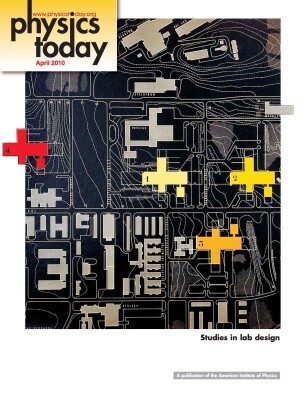Modeling human balance
DOI: 10.1063/1.4797315
The human body is an incredibly complex dynamical system, which makes it an increasingly appealing subject for nonlinear dynamicists. For example, even when we stand upright, we are not motionless—the body oscillates continuously at a low amplitude. But as we lean farther from the vertical, our response becomes more complicated. In the language of dynamical systems, the upright position is an attractor: As long as the body is in the vicinity of that position, it will be drawn upright. The various leaning positions from which one can right oneself constitute what’s called the basin of attraction. The boundary of the basin separates the upright attractor from another attractor—the floor. If we lean too far, we fall down. studying the self-righting ability of judokas and other elite athletes, María Zakynthinaki of Madrid’s Institute for the Mathematical Sciences and colleagues at the Technical University of Madrid have shown that even when the basin of attraction of a person is rotated or skewed—due to athletic training, repetitive work motions, or injuries—the boundary of the basin can nevertheless be characterized by just four experimental parameters: the maximum lean from which one can regain balance in the general forward, backward, left, and right directions. Moreover, the researchers present a method for measuring and describing a person’s basin geometry mathematically, which should prove useful for further modeling and simulation of balance. (M. S. Zakynthinaki et al. Chaos 20 , 013118, 2010 http://dx.doi.org/10.1063/1.3335460
